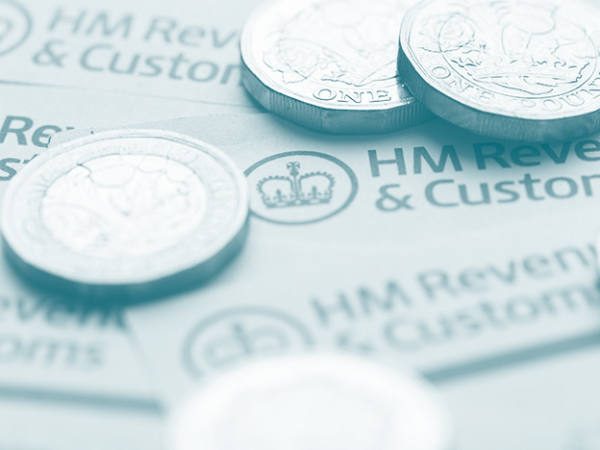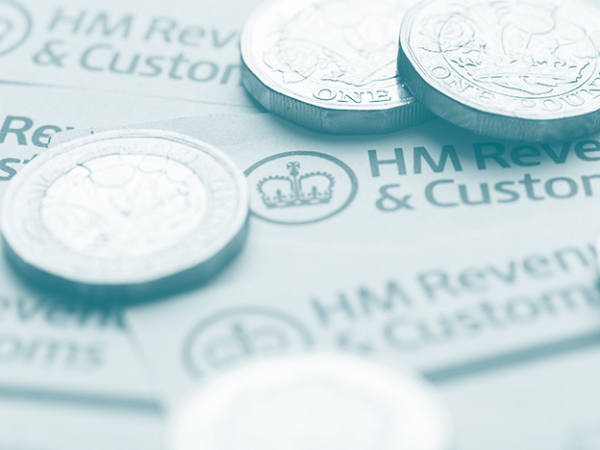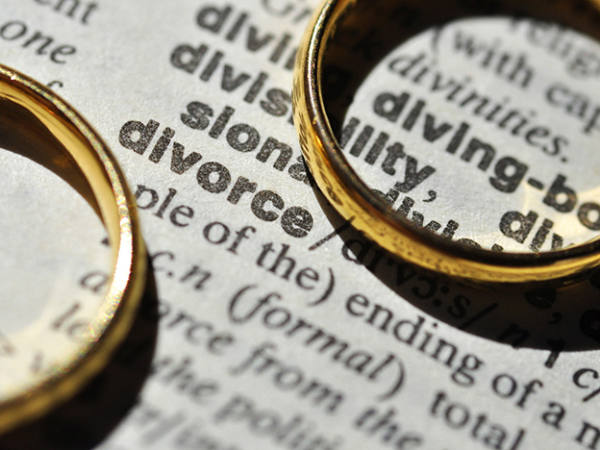I am age 72 and have pensions with a value close to the lifetime allowance. I have two daughters, one resident in the UK and one resident in the US, where she is married to an American.
Until July 2022, my US-based daughter kept her UK home and let it. She continues to do tax returns in respect of the income and, following the recent sale of her UK home, the capital gain.
I would like to nominate my two daughters as the main beneficiaries of my pension, and my granddaughters as the beneficiaries of a small percentage of it. What are the UK tax consequences for my US-based daughter if I die before or after age 75? Could she retain the money as an invested pension in the UK and what if she takes it to invest in the US? What from a UK tax perspective would be best for her? JG
Jason Porter, director at Blevins Franks Financial Management, says:
We have assumed this pension is a money purchase – or defined contribution – rather than a defined benefit (DB) scheme.
From a UK perspective, if you die before age 75, your beneficiaries will receive the benefits from the pension scheme free of UK tax. This is as long as they are paid within two years of the pension scheme provider being notified of the death or the date the pension scheme provider could reasonably have been expected to know about the death.
If no benefits have been accessed from the pension by the holder prior to their death, the fund value is tested against their remaining Lifetime Allowance (LTA). If the pension was accessed prior to death a test would have been done at that point but no further test would have been due until the pension holder reached age 75.
You have stopped work but continue to invest £3,600 a year into your pension – the maximum you can put in each year if you do not have any earnings. But you should stop pension contributions prior to any drawdown to reduce the chances of an additional tax charge on withdrawals thereafter.
The LTA was £1,073,100 for the 2022/2023 tax year and if the fund value exceeded the LTA a tax charge had to be paid on the excess prior to the benefits being paid out. However, any pension that is inherited does not count towards the beneficiary’s own LTA.
Following changes announced in the recent budget, in the current tax year the charge for breaching the LTA has been scrapped and the LTA is due to be abolished from April 2024.
As the excess tax charge has been reduced to 0 per cent since 6 April, if the value of your pensions exceed the LTA there is no charge. So consider taking benefits to crystallise the fund while this legislation is in place. If you do not have any LTA protection in place, the maximum pension commencement lump sum you can take is 25 per cent of the LTA so £268,275.
The Labour party has said it will reverse these changes if it wins the next election. That said, when in the past the LTA has been adjusted downwards, pension savers have not suffered excess LTA tax charges as HM Revenue & Customs (HMRC) has enabled them to submit an election to protect the enhanced LTA they may have based their pension planning on before this. But there is no guarantee that this will be the case in future.
The options available to beneficiaries following the death of the pension holder are:
- a drawdown income from the fund,
- a death benefit lump sum, or
- to set up a lifetime annuity – a guaranteed income.
The choices available depend on the rules of the pension scheme. It may allow the fund value to be used for either the first or second options, but with some older plans the death benefit value could be the amount of contributions paid either with or without interest.
If you die on or after age 75, your beneficiaries are taxed on any income received at their marginal rate of UK income tax. For example, if the beneficiary elects to take an income as flexi-access drawdown they are only taxed on the amount of income they take in the tax year they take it.
Inheritance tax (IHT) may be payable if the pension fund monies go to the estate on death. However, the pension can be passed on outside the holder's estate so is not subject to IHT. The pension scheme administrator has discretion on who the benefits are payable to. The best way to ensure that the pension passes to who you wish is to complete a death benefit nomination or expression of wishes form and lodge it with your pension scheme provider.
Nominating other beneficiaries can be done once the beneficiary inherits the pension and elects to keep the fund invested. Again, this can be done by completing a death benefit nomination or expression of wishes form and is a way to ensure that, for example, the pension is passed onto grandchildren.
If the pension is a DB scheme, the scheme rules determine who is able to benefit from the pension funds. Any income paid to a qualifying dependent is taxed as earnings at their marginal rate of UK income tax.
Carol Hipwell, partner at EY Frank Hirth, says:
US citizens and residents are required to make an extensive range of disclosures, and need to apply US rules and regulations when determining US-reportable income and gains, and how you classify non-US investments and assets. At the time of nominating your family members as beneficiaries of your pension plan, there is no reportable event for US purposes as you have not made a completed gift or binding election to them.
If your daughter who resides in the US inherits a portion of your pension, she needs to do the following. From a US domestic perspective, she is now entitled to a portion of the pension and, if the form 3250 filing thresholds are exceeded, should make a disclosure that she has received an inheritance from a non-resident alien or foreign estate. She may also need to disclose this on form FinCEN 114, known as the FBAR, and/or form 8938 as appropriate. The penalties for failing to accurately report foreign financial accounts and assets are severe. These disclosures are purely informational disclosure but highlight transactions of interest to the Internal Revenue Service.
From a US perspective, a pension scheme cannot be considered a qualifying plan if it is organised outside the United States, so the inherited pension will not receive the same treatment as a US pension. The US beneficiary should first consider whether there will be any income to report from the entitlement to the pension, and whether the income and gains accruing in the plan are taxable as received or deferred until distribution from the plan.
In your daughter’s case, the US/UK income tax treaty allows US residents who are beneficiaries of a UK qualifying pension plan to defer income of the pension scheme. These earnings are not taxable until withdrawals are made, as long as they’re not transferred into another scheme. This provision of Article 18 is not subject to the savings clause, which can in other circumstances require US citizens and residents to be taxable despite the treaty. This allows the US beneficiary time to determine how and when they would like to draw funds from the UK pension scheme, bearing in mind the interaction of US and UK taxation.
The treaty is applicable to federal income taxes and not binding on individual states. Many states follow the federal treatment but this should be checked.
A treaty protected pension plan would not be subject to the punitive provisions on Passive Foreign Investment Company investments in the hands of US taxpayers. Under non-protected plans, earnings from these foreign investments would require additional reporting considerations and punitive taxation. The Passive Foreign Investment Company provisions can apply to offshore fund investments, including unit trusts and other collective investments held in accounts such as individual savings accounts (Isas). Such considerations are beyond the scope of these comments.
Given that the treaty applies to defer federal income taxation, the US beneficiary is taxable when there are distributions. At this point, they need to consider how the distribution should be taxed. In some rare cases, the plan may have ‘basis’ for US tax purposes, which could mean that a portion of distributions which is matched to that basis could be received tax free. Determining if there is any basis can be complicated and if you received UK tax relief for all contributions, it is unlikely. The normal treatment for US beneficiaries receiving pension distributions from an inherited employer pension would then be to include any pension distributions as foreign source, non-qualified pension income.
A common question is whether the UK pension balance can be transferred to a US pension plan or individual retirement account, but I am not aware of any mechanism to make such a transfer.
As distributions are made, both the US and the UK would seek to tax them. To avoid double taxation, the tax treaty would determine which country has primary taxing rights. The normal rule under Article 17(1) is that pensions and other similar remuneration beneficially owned by a US resident would be taxable only in the US. A different rule applies if a lump sum payment is received and the payment from a UK pension scheme in that scenario remains taxable only in the UK under 17(2). However, the US would still require the income to be reported due to the savings clause and allow an offset for creditable foreign taxes. If your daughter is subject to UK withholding tax on the pension income but is eligible to claim exemption from UK taxation, she can file forms with the Internal Revenue Service and HMRC to request that the withholding is stopped.











